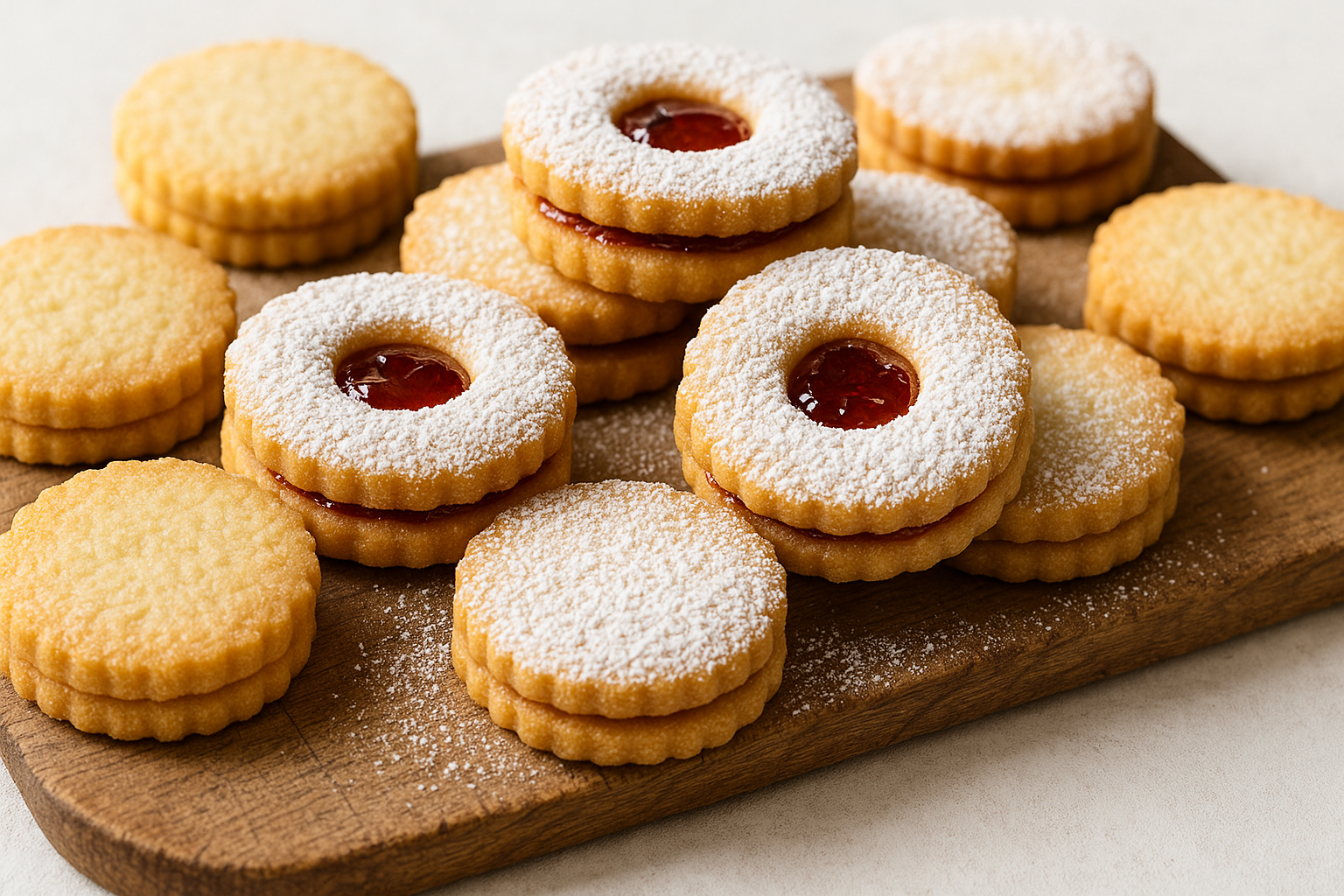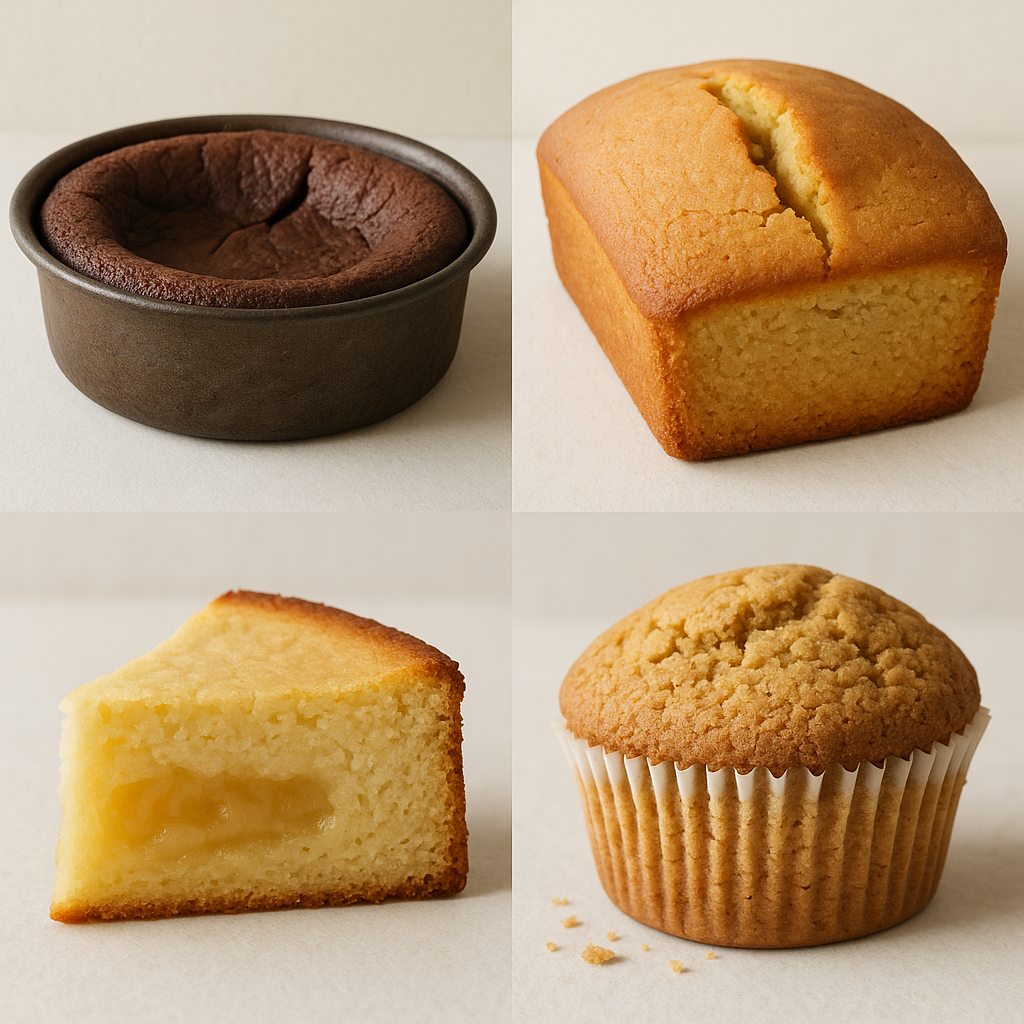Emerging from the humble surroundings of Portland, Oregon, James Andrews Beard, born on May 5, 1903, was destined to etch his name firmly in the annals of American culinary history. Growing up beside the busy kitchens of the Gladstone Hotel that his family managed, he developed a deep-rooted affection for the mouthwatering cornucopia of the Pacific Northwest, rich with fresh seafood, wild game, seasonal berries, and indigenous plants.
Chef James Beard culinary foundation was cemented not just through the sumptuous meals prepared by his mother, but also by the unforgettable flavors introduced by his family’s resident Chinese cook. These combined influences helped mold his culinary ethos: epitomizing simplicity and deifying the inherent beauty of fresh, locally sourced ingredients.
Off to Chase Culinary Experiences
Filled with a desire to broaden his understanding beyond his native Portland, Beard set off to explore Europe in the 1920s. His adventures led him to the heart of Paris, where Chef James Beard deliciously lost himself in French cooking classes and found inspiration at the lively central food market, Les Halles. This immersive experience is rooted in the idea of becoming a vanguard of the culinary arts, relentlessly advocating for much-needed culinary education.
Carving Out a Gastronomic Legacy
With his vision firm, Beard set sail for New York City in 1937, establishing a catering business and finding his authentic voice with the publication of his debut cookbook, Hors D’Oeuvres and Canapés. His mission came into focus: inviting every American home to experience the joy of straightforward, unpretentious cooking.
Making strides towards his goal, in 1955, Chef James Beard introduced The James Beard Cooking School, sharing his culinary wisdom with eager professional and amateur chefs alike. His relentless journey led French cooking into the hearts and kitchens of the American populace, causing many to affectionately hail him as “The Dean of American Cuisine.”
A Culinary Beacon for the Future
The Chef James Beard Foundation, conceived over three decades past, has proven to be a game changer in the culinary arts certification scene. Post Beard’s demise, Peter Kump, inspired by his relentless spirit, established the foundation, converting Beard’s home into a pulsating culinary arts hub. The foundation also organizes annual events, building a robust food community.
Creating seismic ripples in the culinary world, the Foundation unveiled the James Beard Awards in 1990, rewarding excellence in food and beverage, and setting the stage for the era of the celebrity chef. Additional efforts include scholarships, leadership programs, and advocacy initiatives aimed at fostering a more balanced and sustainable food system.
Responding gracefully to the COVID-19 pandemic, the Foundation launched the “Open for Good” campaign, providing much-needed financial relief to standalone restaurants. The Foundation’s unwavering dedication to Beard’s wholesome and simple food philosophy continues to resonate.
Unlocking the Secrets to Culinary Supremacy
Tracing Beard’s incredulous journey, it is abundantly clear that a fine blend of continuous learning, exploration of chef training courses, and understanding of culinary art form the backbone of esteemed chefs across the ages. In tandem, passion, unyielding dedication, and a thirst for knowledge, traits often embedded in beginners’ cooking courses today, are what one needs to emulate Beard’s legendary gastronomical footprints.
At its core, it is through understanding that genuine respect and nurture for the culinary arts are fostered, shaping the path to culinary greatness reminiscent of the culinary maestro, James Beard.







